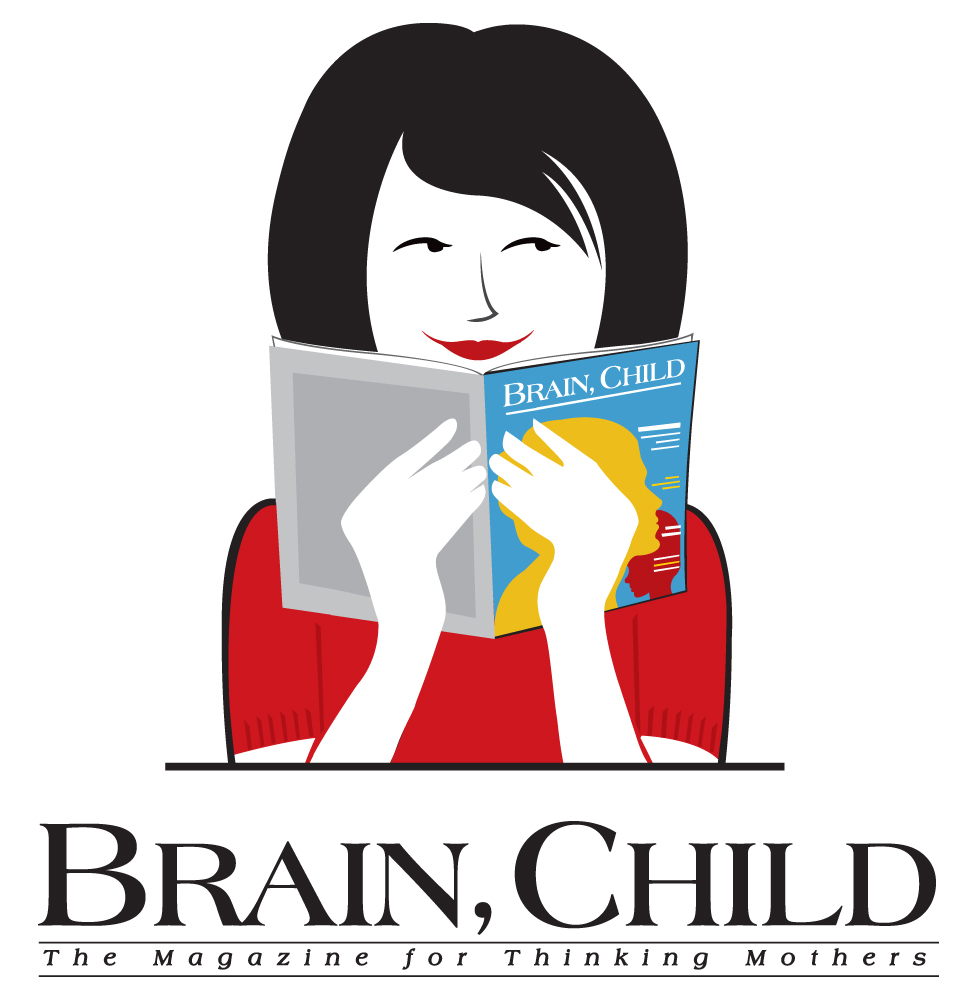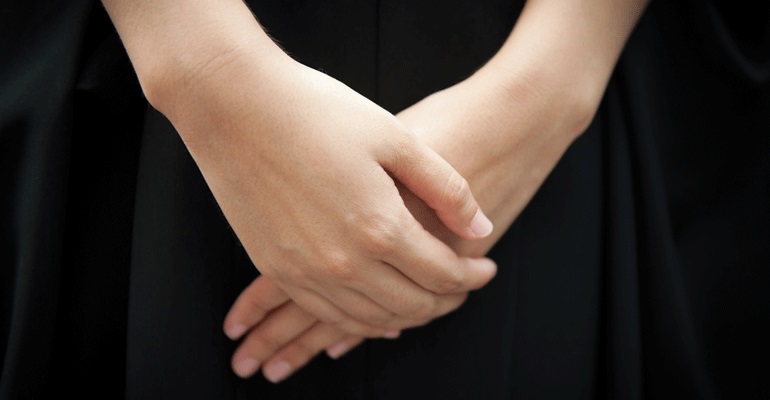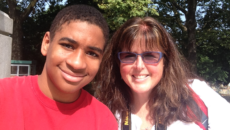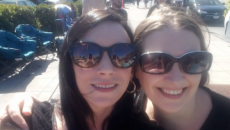I had never crashed a wake before.
I was so nervous driving to the funeral home that I accidentally drove the wrong direction down a one-way street in the unfamiliar neighborhood. An oncoming car honked loudly, and I managed to swerve into a nearby driveway before being hit. How ironic would it be, I thought, if I were killed on the way to my son’s birth mother’s wake.
Saving Every Snippet
We adopted our son out of foster care when he was 15 months old. Charlie was placed in foster care at birth. His biological parents never completed the rehab and parenting classes that could have returned Charlie to their custody and didn’t contest the termination of their parental rights just over a year later.
At the time we were relieved. Like many children in foster care, Charlie’s biological roots were mired in multiple generations of poverty, substance abuse, and mental illness. And several members of his birth family were apparently still struggling with those issues. Charlie’s adoption was finalized as a closed adoption with no birth family contact.
But current research on adoption and identity tells us that pretending Charlie had no previous ties wasn’t healthy for any of us. The experts say it is best to have regular, age-appropriate conversations with adopted children about their biological family and heritage so that they grow up understanding their story and feeling comfortable asking questions.
I took that to heart and, as we were going through the process to adopt Charlie, I gathered every piece of paper and snippet of information about his birth family. His medical card had his original last name. Social workers provided first names and general social history information on his birth family. Legal paperwork provided some more clues. With that information, I scoured newspaper archives, online police logs, and various social media sources. Every few months I’d plug all the names I had into Google to see what came up. And, gradually, I accumulated a binder of clippings, photographs, and notes on a family that I believed to be Charlie’s birth family. I felt like I had done my job: I had names and photographs to share with my son when he asked questions about his biological origins. And when he turned 18 he could search for them, if he wanted.
“One Day Charlie Will Ask”
But then one winter evening I was surfing on Facebook and noticed that various members of Charlie’s birth family had recently changed their profile pictures to a photo of his birth mother. Not just one person, but three, four, five people. I had never seen that before, but it wasn’t difficult to figure out what it meant.
And in that moment, the reality of my son’s loss finally hit me. A pile of newspaper clippings and low-resolution photographs might not be good enough. They didn’t answer the questions he might have for his birth mother. What else might Charlie be losing by keeping his adoption closed?
When I found the obituary online and told my husband I wanted to go, he tried to talk me out of it. “Who are we to this family? Don’t they deserve privacy in their grief?”
But I kept coming back to Charlie, and what we would some day tell him. “One day Charlie will ask what we did when his birth mother died,” I argued. “And do we want to say ‘nothing’? This is a chance to find out for sure if this is his birth family. To meet them. To pay our respects. To maybe begin to forge a connection.”
So that’s how I found myself walking through the doors of a dark funeral home on a Tuesday night in February, preparing to introduce myself to my son’s other family.
Faces That Had Become Familiar
At the entry to the waking room was a poster board with a few dozen family snapshots. My concern that perhaps I had the wrong family vanished when I recognized a pair of blue eyes looking back at me from one of the photographs. There he was—my son, at that moment being tucked into bed by my husband—and here a baby surrounded by the members of his other family. I thought I recognized the setting as his foster parents’ home.
As I stood scrutinizing the faces in the photographs, I heard, “How did you know Charlotte?” The man next to me was in his mid-forties. I didn’t recognize him from my Internet research, so I wasn’t sure how to respond. “I didn’t. I mean, not well,” I stammered. “I know her family.”
He offered his hand. “I’m her brother. Thanks for coming.” As I shook his hand and offered my condolences I wracked my brain to remember what I knew about him. Was he the brother who had been in jail?
For a moment I thought maybe my husband had been right—I had no business being here. But as I looked around the room, amongst the baggy pants, wool hats, and heavy makeup, I saw faces that had become familiar. These were the people who knew and loved Charlie first. The people who shared his history, his genealogy, his DNA.
These people weren’t just a binder of information to be doled out in age-appropriate pieces to my son. They were real, live, human members of his family. Of our family.
There is some comfort in the familiar ritual of a Catholic wake. I approached the open casket, kneeled, and blessed myself. I noted the funeral home-supplied flower arrangements with sashes proclaiming “mother,” “sister,” and “daughter” and the framed poem propped on the casket. I was relieved that they’d been able to provide this for her.
I then, at last, looked upon the woman who gave birth to my son. She wore a long-sleeved black blouse and her dark hair was arranged over her shoulders. Her hands were folded on her chest, a rosary entwined in her long fingers. I wish I could say I felt some connection to my son’s other mother. But I just felt sad. She was the same age as me, but looked so much older. Her life had been hard.
Surrounded by Family
There was a row of chairs along the wall opposite the casket. I guessed that the older woman in the center was Charlie’s maternal grandmother. It was to her that I directed my attention.
“Are you Charlotte’s mother?” I had heard that she’d had a stroke shortly before Charlie was born—we were told that was the reason he was placed in foster care, rather than with her and his biological siblings. So I spoke slowly and as gently as I could manage.
“I am so sorry for your loss. I apologize for the timing, but I wanted to come and pay our respects. I wanted to let you know that my husband and I adopted Charlie. He is five years old now. He is doing great. We love him. And I just wanted to let you know that.”
My eyes filled with tears as I waited for her response. It was tough to read her expressionless face and decide whether or not she understood me, but a woman to her left grabbed my arm and whispered, “What did you just say?”
I had a moment of panic. But I offered her my cell phone, with a photo of Charlie on the home screen.
“I’m Charlie’s adoptive mom. I wanted to come pay our respects and let you know he’s OK.”
In a moment, I was surrounded by aunts, uncles, cousins, and siblings, all crying and all clamoring to hug me. I passed around my cell phone with photographs of Charlie and apologized over and over again for my timing.
After a few long minutes, Charlie’s maternal grandfather rescued me and escorted me to a corner so we could speak privately. He thanked me for coming. He thanked me for caring for Charlie. He confirmed the details of some of the stories we had been told. He apologized that the family was not able to be there for Charlie when he was born. He said they had wondered and worried and wished that things were different, but had faith that Charlie was being loved and cared for. We compared notes on the children and I was given a few snippets of medical information on the family. We exchanged email addresses.
At one point, the funeral director interrupted our conversation to ask him to pick out music to be played at the funeral the next morning. He asked my advice, we laughed, and he selected a hymn. It was one of my favorites from my childhood days at Mass.
A few days later, we received an email from one of Charlie’s biological siblings with some family photos. That evening, my husband and I sat down to talk to Charlie. And together we drafted a reply.
 This essay was first published in Brain, Child: The Magazine for Thinking Mothers. All rights reserved.
This essay was first published in Brain, Child: The Magazine for Thinking Mothers. All rights reserved.



